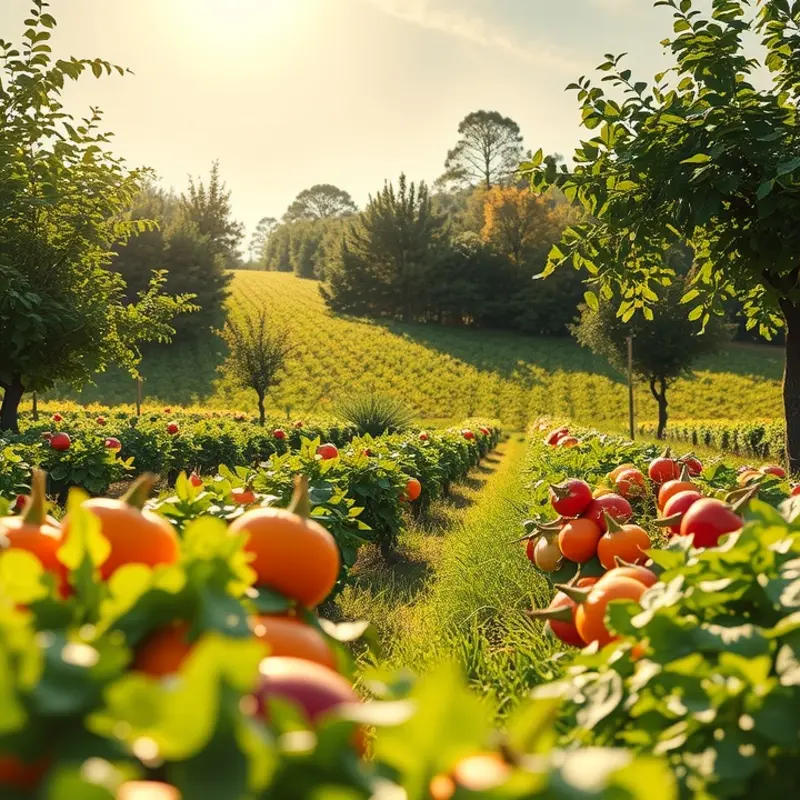Understanding how to create a perfect slurry can elevate your cooking skills and enhance your dishes’ textures and flavors. A slurry is a simple mixture of a starch and a liquid that can thicken soups, sauces, and gravies, making these dishes richer and more satisfying. Whether you’re a novice home cook or an experienced chef, learning to make a slurry is a valuable skill that can bring your culinary creations to life. Let’s dive into the process and techniques for making an effective slurry.
Understanding Slurry: Ingredients and Ratios

To master the art of making an effective slurry, the choice of ingredients is critical. Slurries serve as a thickening agent in various dishes and are mainly comprised of two essential components: a starch and a liquid. Picking the right starch starts with understanding the properties of each option.
Common starches used for making slurries include cornstarch, arrowroot, potato starch, and tapioca starch. Cornstarch is often used due to its availability and ability to lend a glossy finish to dishes. Arrowroot is favored for its neutral taste, especially when clarity is important. Potato starch works excellently in recipes that require light and delicate textures. Tapioca starch, sourced from cassava root, is known for its versatility and can be an ideal option for those seeking gluten-free alternatives.
Liquids also play a significant role in crafting the ideal slurry. Water is a universal choice, allowing the starch to hydrate without altering flavors. However, using a portion of stock or broth introduces additional layers of flavor, enhancing the overall taste profile of your dish. Dairy, such as milk or cream, can also be used, provided it aligns with the recipe’s needs.
When crafting a slurry, the primary objective is to achieve seamless integration between the liquid and starch, creating a uniform mixture that prevents lumps. The typical ratio to aim for is one part starch to two to three parts liquid. This ratio ensures the slurry is neither too thick nor too runny, striking a balance that provides the desired consistency once introduced to the main dish.
Begin by thoroughly mixing the starch with a cold liquid. Avoid using hot liquids initially, which can result in a clumpy mix. Stir continuously until all the starch dissolves completely into the liquid, forming a homogeneous suspension. Once this base mixture is prepared, it can be gradually incorporated into the dish at the simmering stage. Stir the dish constantly as you add the slurry incrementally, observing its thickening effect over a few minutes.
Adjust the ratio based on the recipe’s unique requirements. For thicker soups or sauces, consider using a marginally higher starch concentration, ensuring it’s still fluid enough not to overpower the dish. Conversely, for light broths or sauces seeking only a hint of thickness, reduce the slurry’s starch input.
If you’re striving to refine your cooking techniques, explore other thickening methods that can complement or replace slurry in certain contexts. This guide offers additional insights into sauce preparation techniques that enhance flavor and texture.
The art of slurry-making lies in understanding the interaction between ingredients and manipulating ratios to suit the dish’s specific needs. Once mastered, it become an indispensable technique for the home cook, capable of transforming ordinary dishes into extraordinary culinary experiences.
How to Prepare a Slurry: Step-by-Step Instructions

Creating a slurry is a straightforward process that can elevate your culinary creations. This versatile thickening technique helps achieve the ideal consistency for sauces, soups, and stews. Here’s a step-by-step guide to mastering this essential kitchen skill.
Choose Your Starch
Selecting the right starch is crucial for a successful slurry. Common options include cornstarch, arrowroot, and potato starch. Each has unique properties. Cornstarch is widely used for its neutral flavor and strong thickening capabilities. Arrowroot is ideal for acidic bases and maintains clarity in liquids. Potato starch adds a glossy finish, making it suitable for glossy sauces like sweet and sour dishes.
Prepare Your Ingredients
For most slurries, maintain a 1:2 ratio of starch to cold water. Start by measuring your desired amount of starch into a small bowl. Gradually add cold water to prevent lumps. Cold water ensures the starch doesn’t gelatinize prematurely, creating a smooth mix.
Mixing Techniques
Mix the starch and water thoroughly using a whisk or a fork. Stir briskly until the slurry is free of lumps and has a consistent texture. A smooth slurry guarantees a seamless blend into your dish. If the mixture feels clumpy, add a bit more water and continue whisking.
Incorporating Slurry Into Dishes
Once your slurry is ready, it’s time to add it to your dish. Make sure your dish is simmering, as heat activates the thickening properties of the slurry. Slowly introduce the slurry while stirring constantly. This avoids clumping and ensures even distribution. Allow the liquid to boil briefly; this activates the thickening agent. Watch closely until you see your desired consistency.
Adjusting Consistency
If your dish isn’t as thick as desired, you can make additional slurry and repeat the process. For an overly thickened sauce, add more liquid to thin it to the correct consistency. Taste your dish regularly to ensure the perfect flavor balance.
Additional Tips
For enhanced flavor without adding salt, consider using herbs or other seasoning alternatives like those suggested here. When using starches other than cornstarch, note that arrowroot and potato starches work best with non-dairy liquids.
Following these steps enables homemade dishes to boast a professional touch. The art of creating a smooth slurry ensures your meals achieve the right thickness and texture, enhancing the overall dining experience.
Final words
Mastering the art of making a slurry can significantly enhance your cooking repertoire. This simple technique not only improves the textures and flavors of your dishes but also provides a sense of accomplishment in the kitchen. Experiment with different starches like cornstarch, flour, or arrowroot along with various liquids to find the perfect combination that suits your taste. With practice, you can quickly become adept at creating slurries that make your soups, sauces, and gravies silky and cohesive. Embrace this essential skill to elevate your everyday cooking.







